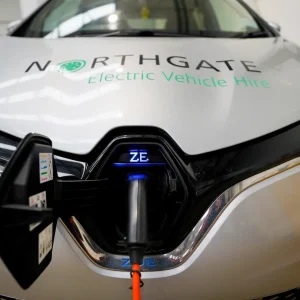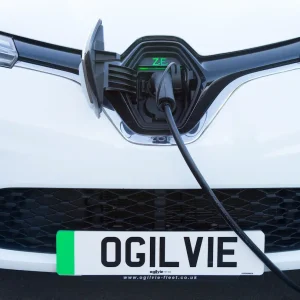There is an essential balance between cost-efficiencies, user convenience and ease of access in employee mobility
Grey fleet is a good example of this and one of the reasons why some employers permit mileage reimbursement as part of the travel policy. Enabling employees to jump onto the nearest available form of transport is arguably a rational response to a world of time-pressured workers, juggling priorities and people needing to feel empowered to make their own decisions.
Sometimes – albeit unusually – grey fleet is actually not only a convenient solution for the traveller, but is also the most viable option. We discovered this when implementing a mobility solution for a customer with offices in a range of locations, some more accessible than others. One office was nowhere near any car rental or car club service that we could identify and there was no provision for additional car parking, hence no chance of installing a dedicated car club vehicle on site.
The conclusion was that grey fleet was the only solution, and we all quietly breathed a sigh of relief that every employee there had access to a private vehicle that could be used for work.
However, grey fleet is generally not the best option. So in an increasingly dynamic and virtual workplace it is vital to equip employees with the right tools to make the best mobility choice at a second’s notice without endless layers of checking, sign-off and approval. And so, we advocate that employees should be enrolled in a car club.
Regular readers of this blog will know that Enterprise is working with several organisations, especially public sector bodies, to replace the grey fleet with car club solutions for short trips. However, car clubs are not just pool cars. They also offer growing networks of on-street vehicles ready to be picked up at a moment’s notice at locations all over the UK.
So, for example, if your employees use Virgin Trains East Coast to travel for business, they may be interested to know about Enterprise Car Club vehicles stationed at several stations along that line. This can create a vital link to connect the passenger during the last five or 10 miles of a journey where the train won’t take them. That’s just one example.
Signing employees up to a car club is low cost and easy – and will provide that extra layer of choice and flexibility to make workers more effective and relaxed wherever they travel.





